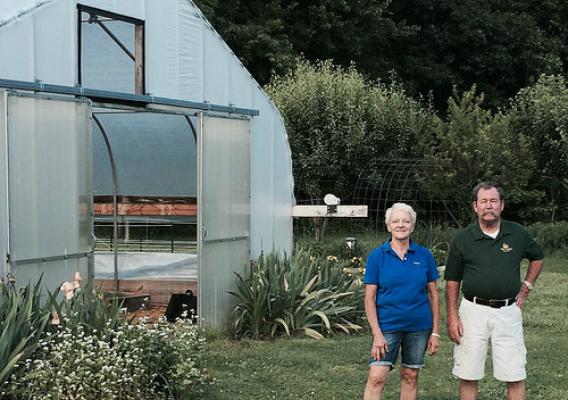This post is part of the Science Tuesday feature series on the USDA blog. Check back each week as we showcase stories and news from USDA’s rich science and research portfolio.
Dogged by pests, pathogens, poor nutrition, and other problems, the European honey bee is having a rough time these days. The bee pollinates over 90 different kinds of fruit, vegetable and nut crops. These same crops are also pollinated by native bees, particularly on smaller or diversified farms and especially in home gardens. Together, their pollination services are an $18 billion annual asset to U.S. agriculture, and concern over their welfare prompted the White House in May to issue a directive aimed at bolstering their numbers and health through a series of initiatives including improving and expanding pollinator habitat.
Citizen involvement is another component. Among the actions citizens can take is growing nectar- and pollen-rich flowering plants; another is “customizing” garden or landscaping areas to make them more hospitable to these pollinators—especially native bees, says entomologist Jim Cane, with USDA’s Agricultural Research Service (ARS) Pollinating Insect–Biology, Management, Systematics Research Unit in Logan, Utah.










